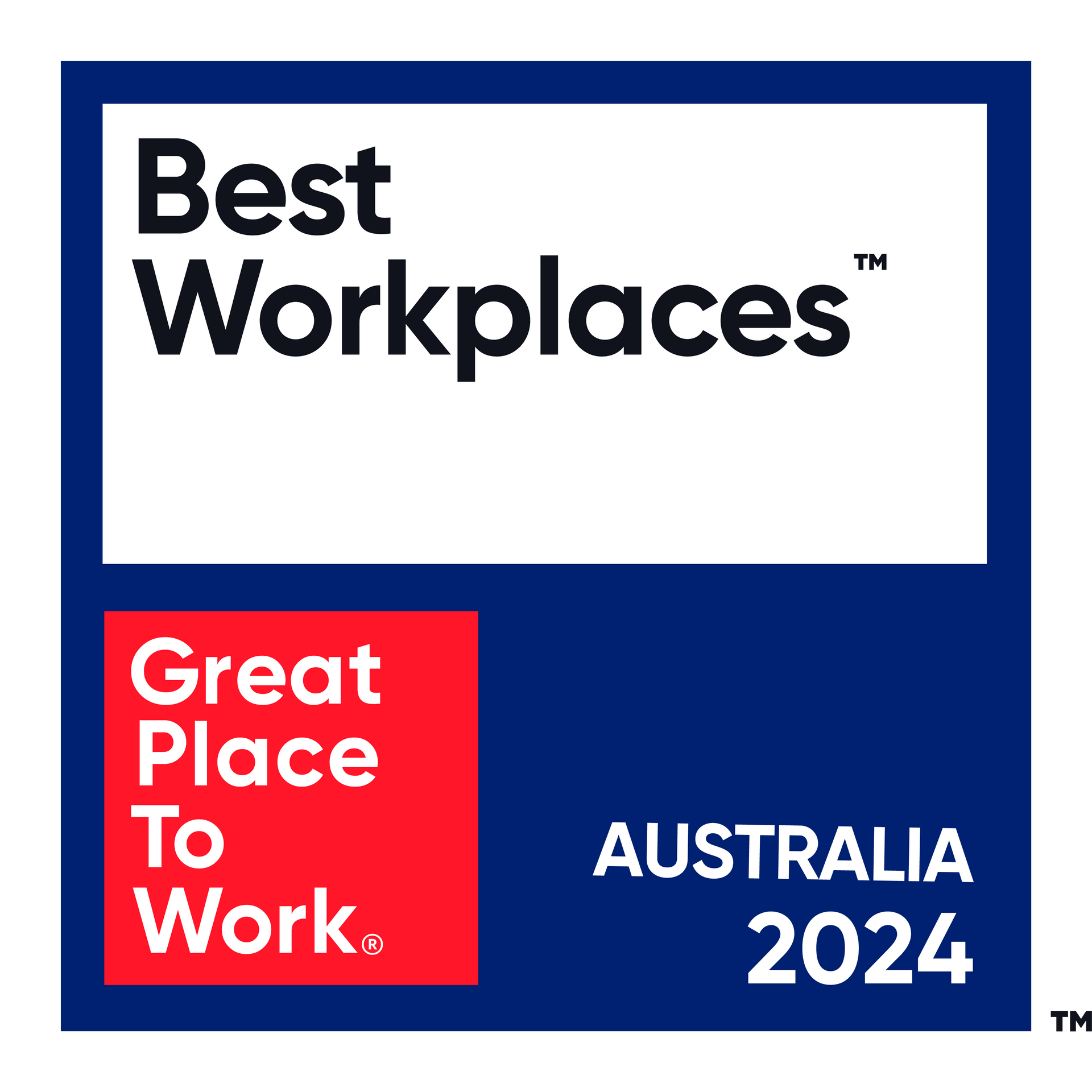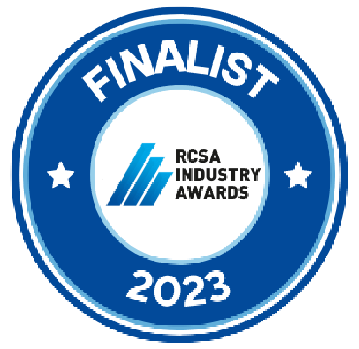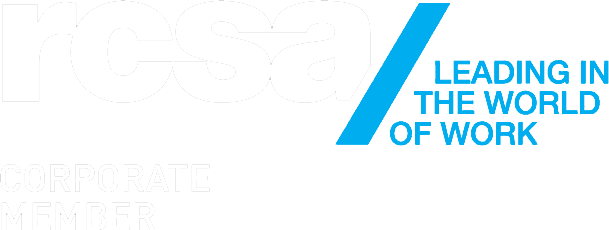11 Common (Yet Preventable) Injuries In The Workplace
Ben Cowley • February 27, 2019
Injuries in the workplace are far more commonplace than you might think. In fact, research shows that 563,600 Australians have experienced a workplace injury or illness in the last 12 months, which is why it's important to stay aware of potential hazards and how they can be prevented at work.
Data also shows that workers who are at highest risk of injury are:
- Male (54.4%)
- Aged between 50-54 (5.8%) closely followed by the 20-24 age group (5.5%)
- An employee rather than an owner or manager (87%)
- Technicians or trade workers (36%)
- Working in the construction industry (21%)
Our mission at JV is to help create safer workplaces for everybody. This is one of our greatest drivers. When it comes to construction, manufacturing and logistics, nothing is more important than safety management.
To start promoting greater workplace safety today, take a look at some of the most common injuries that could take place in both blue and white collar work environments and how they can be better avoided. Here are 11 of the most common, yet preventable injuries in the workplace:
Slips and trips
Examples of incidents:
falling on wet, greasy or slippery ground or tripping over an object lying on the ground. Trips can also be caused by uneven flooring, loose mats, open drawers, untidy tools or electrical cables.
This can lead to:
musculoskeletal injuries, cuts, bruises, fractures, dislocations with the most commonly injured areas being the knee, ankle or upper and lower back.
How you can take preventative measures:
Make sure that your staff are wearing shoes with a strong grip and better slip resistance. For instance, urethane and rubber soles are a safer option that vinyl and leather shoes. Also, consider the design of your floors, stairs, lighting, drainage and storage system at work. Get rid of rubbish and debris as quickly as possible to avoid build-up.
Falls from a height
Examples of incidents:
falling from a ladder, roof or stairway, but can also include vehicles.
This can lead to:
cuts, abrasions, concussions, broken bones, head injuries, soft tissue injuries
How you can take preventative measures:
Sadly, the construction industry accounted for 37% of all falls-related injuries between 2003 - 2015. This makes it a huge area of focus for us and highlights the need for fall prevention systems including (but not limited to) safety mesh, guard railing, barriers, scaffolding, skylight protectors.
Heat-related illnesses
Examples of incidents:
working in hot environments or summers without proper guidance, facilities, incorrect working gear or hydration.
This can lead to:
Dehydration, heat rash, cramps, sunburn, fainting or heat stroke.
How you can take preventative measures:
Make sure employees stay fully hydrated at work with water breaks, and set up cooler or shaded areas where they can take their breaks. Consider tinted safety glasses and sunscreen for everyone and never, ever remove PPE (personal protective equipment) just to cool down - they are always worn for a reason!
Repetitive motion injuries
Examples of incidents:
Injuries sustained from repeated motions or awkward posturing, such as prolonged computer usage, constant lifting of heavy parcels or equipment or cleaning of large-scale environments.
This can lead to:
Disorders involving muscles, tendons, soft tissues and nerves (such as Carpal Tunnel Syndrome).
How you can take preventative measures:
Consider the design of your work station. Is it ergonomic, and are frequently used objects within easy reach? For example, are the controls on a piece of machinery located in a place where the worker does not need to bend down to access it every time? Also consider mixing up the day with other tasks if possible, and giving your body regular rest or stretching opportunities.
Machine entanglement
Examples of incidents:
Having your hair, clothing, jewellery or body part entangled on machinery, gears, pulleys, grinders and more.
This can lead to:
Severe lacerations, amputations, contusions, bruises and chronic pain conditions.
How you can take preventative measures:
When you’re dealing with machines that operate at a high speed, it’s often likely that you will not have time to react to an entanglement before it’s too late. Because of this, you must do everything within your power to prevent any chance of entanglement by ensuring workers are not wearing any loose clothing or jewellery and that anyone with long hair ties it up in a bun. You can supply workers with ear protectors, safety footwear and high vis garments that are correctly sized.
Also, make sure that only properly trained workers use any equipment and that machines are promptly turned off after use. Ensure all machinery has correct safety guards in place which are routinely maintained; turn off machinery when cleaning and/or removing items which have become jammed or difficult to maneuver; ensure employees are focused and free from distractions.
Prolonged standing or working in cramped conditions
Examples of incidents:
Standing in an unchanging position, or being on your feet for long hours/all day. This is commonplace for workers in the manufacturing and service industries.
This can lead to:
vein inflammation, chronic/inflammation, chronic/painful varicose veins, muscle fatigue, lower back pain, stiffness in the neck/shoulders, and sore feet.
How you can take preventative measures:
Make sure that your workplace gives people enough room to move around freely. If the work is mostly standing, provide a seat as an option for the worker to take an occasional break. Encourage the worker to wear quality footwear and check your flooring materials like anti-fatigue mats, which are usually made of materials like rubber, carpet, vinyl and wood. These are often used to absorb shock and cushion the feet and lower limbs.
Excessive lifting, pushing, pulling or bending
Examples of incidents:
lifting boxes overhead, pushing or pulling crates, picking up and carrying heavy objects.
This can lead to:
back pain, strains, sprains, tears and soreness. Most common injuries are of the back, followed by the shoulder, arm, wrist and knee.
How you can take preventative measures:
Ensure there are business processes in place to limit the weight individuals are expected to carry; assess shape and object surface for gripping concerns; assess your workplace prior to completing tasks to make sure there are clear walking paths and suitable storage locations.
Help your staff follow the correct procedures and positions for pushing/pulling/lifting tasks (check out our 10 lifting techniques here). For the most demanding tasks, use assistive equipment such as power tuggers or mules. Allow your staff to take regular breaks and always encourage them to speak out for help if they feel an object is too heavy.
Hitting or being cut by an object or vehicle
Examples of incidents:
hitting, being struck or being cut by a falling object (such as books falling from a shelf, projectiles ejected by machinery, falling tools or debris, vehicles and trolleys, collapsing objects/walls/shelves).
This can lead to:
serious injuries of the head/brain, neck, back, spine, muscles, vessels and more.
How you can take preventative measures:
make sure that tall standing objects or tall objects leaning against walls are stabilised and secure at all times. Check all workers are wearing the right protective clothing, and keep tools in good condition so that workers don’t need to apply extra force when using them.
For all moving objects like trucks or trollers, try to keep them on routes separate to where the workers are situated.Clearly mark out designated walking paths for areas where there are moving plant and machinery - signage must be present. Ensure storage areas and/or high level equipment is stable and located in suitable areas.
Mental stress (which can lead to physical injuries)
Examples of incidents:
Work-related mental health conditions can stem from high-demand jobs, poor role clarity, poor workplace relationships, remote or isolated work, poor organisational justice, poor environmental conditions and violent or traumatising incidents (such as witnessing a fight or injury).
This can lead to:
physical symptoms such as fatigue, migraines, cognitive difficulties (this is especially risky for those operating machinery), gastrointestinal problems and dermatological disorders.
How you can take preventative measures:
If an employee seems to be experiencing mental stress, encourage them to share the problem and work with them to find a resolution. If they are unwilling to discuss, offer an employee assistance program or refer them to a doctor.
Make sure that workers have a clear understanding of the role and are in a safe working environment. If they need breaks or prolonged time away from work, try to accommodate. You may also want to devise a stress management policy that everyone can get across.
Sometimes you may have to delve deeper and look within the business. Is the employee’s workload too much? Should it be shared? Could they be suffering from workplace bullying or harassment? If any concerns are presented, the workplace should manage the issue.
Contact with a chemical or substance
Examples of incidents:
Contact with toxic gases, dusts, fumes, vapours and liquids. These can include various paints, cleaning chemicals, acids, glues, pesticides, gas cylinders, flammable liquids, corrosives, welding fumes and asbestos.
This can lead to:
breathing impairment, skin or eye reactions, burns, nausea, vomiting, diarrhea, headaches, fevers and diseases such as lung cancer, nerve damage and asbestosis.
How you can take preventative measures:
Chemicals should be stored in a cool area away from exposed heat and sunlight, ideally in a lockable cabinet or area and be accompanied by the manufacturers MSDS. Limit the access to chemicals and train on correct dilution and usage techniques.
Make sure that all staff are wearing the correct workwear, especially goggles and fitted face masks. Have a system in place where you can readily identify, assess and control chemical risks at work. For more information, check this guide by WorkSafe.
Deafness caused by excessive noise
Examples of incidents:
Exposure to excessively loud equipment such as jackhammers, planes, trains and more. While it varies from person to person, anything over 60 decibels can represent risk.
This can lead to:
industrial deafness, tinnitus, permanent hearing loss
How you can take preventative measures:
Make sure those in the noisy environment have adequate hearing protection, such as industry standard earmuffs. These should completely cover and form a vacuum around the ears, blocking out all external noise. Also, check the decibel level of the equipment you use to determine if certain machines need higher levels of protection. Get workers to take regular breaks in quieter areas and see if you can use sound dampeners or noise barriers to make the workplace quieter.
The need to maintain occupational health and safety is an ongoing one. By spreading greater awareness, we can prepare ourselves for any outcome - so don’t hesitate to share this post with others if you think it will help make a difference.
Stay safe everybody!
Ben Cowley
JV Recruitment’s aim is to provide a people-oriented approach to recruitment in Construction, Logistics, Manufacturing, and Business Support for permanent, contract or labour hire staffing solutions.

At JV Recruitment, we work with some of the best in the business — people who know and appreciate great construction when they see it. We asked a few of our team members to share the buildings or developments that have stuck with them — structures that inspire, impress, or just feel special. Here’s what they had to say...







